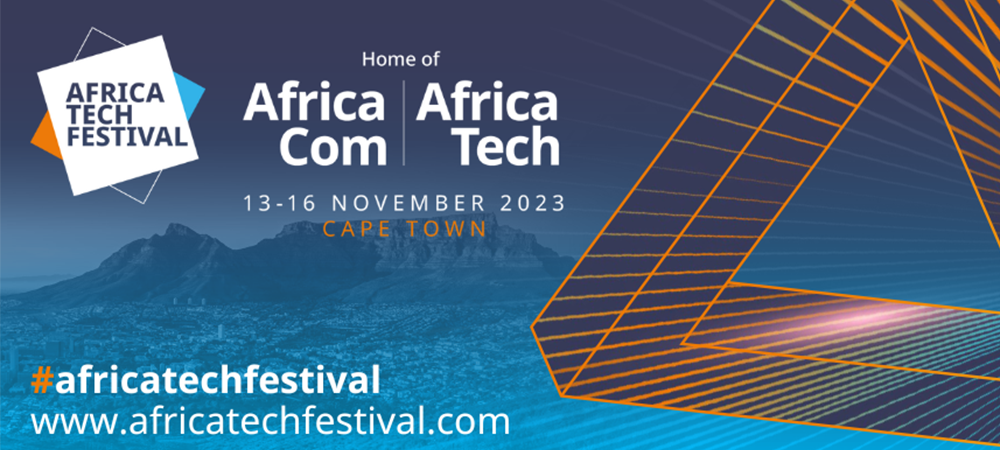Travelling through Dubai’s rush hour traffic recently, I was reminded of the idea that a city cannot build its way out of congestion. As the theory goes, creating more roads does not solve the issue of traffic, because extra supply only increases demand. This just means more vehicles, more disruption, and more frustration. Economists call the phenomenon induced demand.
While new infrastructure may not be the solution to an urban planner’s problems, in my world of enterprise IT, that is often exactly what is needed, in one form or another. Today, IT leaders are the architects of their organisation’s future, tasked with finding ways to exploit opportunities using the latest and greatest systems.
But what about the tech-related dilemmas faced by your organisation? How can modern IT build a metaphorical bridge over IT roadblocks? Here are three of the most common challenges I hear from our clients and how cognitive infrastructure can help you get past them.
#1 The challenge: Comprehending colossal volumes of data
Back in 2013, a study found that 90% of the world’s total data was generated in just two years. Today, 88% of this colossal amount of information is unstructured and therefore hidden from IT. But this information where valuable customer insights lurk, you just need to shine a light on them.
The solution: Design for cognitive
Cognitive IT is the source of this light, but only when you build your storage infrastructure with speed and intelligence. With rapid analytics, you can understand and gain insights from masses of data faster than ever, speeding up the time it takes to outthink the competition. Combine this with machine learning, and your business can find new ways to make use of information every day.
#2 The challenge: Keeping up with innovation
Technology has had a snowball effect on innovation. As each IT breakthrough is made, the development cycle quickens. Keeping up with this rate of change is an important but demanding responsibility, because you need to find new ways of implementing systems and tools yet still move the business forward each day.
The solution: Collaborative innovation
By embracing open technologies, you create an environment that nurtures collaboration. When your team works closely together and draws knowledge from those outside the organisation, it becomes much easier and faster to make those all-important technology breakthroughs. On top of this, open IT architecture makes your business agile, so you can adapt as the market changes and stay ahead of the pack.
#3 The challenge: Create better outcomes, faster
Just having the ability to make big tech breakthroughs is not enough. Thanks to the pressure of competition, you need to turn these developments into better outcomes for customers in a matter of days, not months.
The solution: Create on the cloud
The new business ecosystem is no longer physical. Organisations are relying on third-parties to deliver infrastructure via the hybrid cloud, connecting systems and partners beyond the boundaries of the enterprise. Doing so allows developers to collaborate on projects at any time and from anywhere, shortening the time it takes to bring new products and services to market.
The potential for cognitive IT stretches far beyond these three common challenges.

IBM teamed up with British musician and technologist, Tim Exile and Kinetica, a company offering real-time insights from databases, to see if cognitive IT could be used to create music from the company’s servers.
To make his sound, Tim created a reverb algorithm and hacked it to run ten-times slower than usual. Then, he recorded sounds from the tech firm’s server room and applied them to the algorithm, threading them together in real-time to make his track.
It sounds like fun, but Tim’s work shows us that anything is possible when we combine real-time data analysis with the power of collaboration. Whether you want to make music from data centres or need to overcome an unrelenting business challenge, it is all possible with the power of IT infrastructure built for the cognitive era.
Miguel Vega at IBM describes three classical challenges faced by enterprises on their journey into data analytics and their solutions.
Click below to share this article






